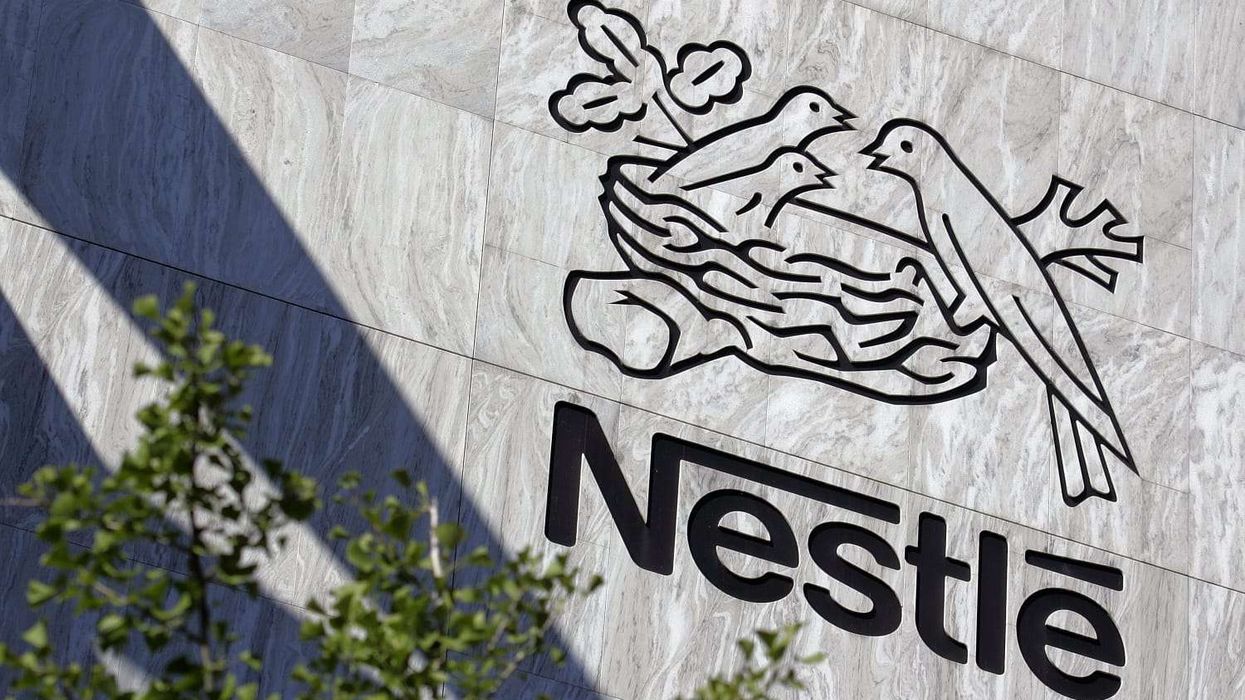By Shabana Naz
SITTING together after a lovely meal to welcome a new member into the family, I wasn’t
sure how to react when she said in her very expressive voice: “Baji, your face is still the same”.
Should I make a joke of it in order to turn down the heat beginning to show from my ears
or actually openly admit that I had put on so much weight?
Of course at this point, the rest of the family had been given yet another opportunity to tell
me how fat I am now and how I will be left on the shelf. The topping on the cake was when
my niece turned around and told me I better lose weight for her wedding or else!
For the first time in ages, I was hurt. Not because everyone was doing what had become an almost weekly ritual of lecturing me about how fat I have become, but the fact that it makes such a difference to how I am perceived.
Within the Asian community weight is more of an issue, because even if you maybe educated, beautiful, smart and have a heart of gold, if you are fat you aint’ getting a man. Of course there is that question which most Asian families don’t ask their daughters when feeding them to the sharks: “Beti, do you want to get married at all?”
No matter how much we evolve as a community, Asians will always believe that a perfect
woman is one who is a whole list of things, and on the top of the list is that she will be perfectly skinny. This absurdity is so far embedded into our minds that I can’t deny when I go out clothes shopping, I come back with a million ideas of how to get my next suit tailored to match the same one I loved in the shops.
After all, if the designers can’t make a suit in my size, I can get it made myself right? I mean the designers can’t complain about people buying replicas and not originals when their sizes are so unrealistic to what ‘real’ women are. Not every woman is under a size 12, and most of these designers will have overweight females in their families I’m sure. I mean, every family has a chubby auntie innit!
That’s what being an Asian woman is all about these days. If you have a good figure, you will be liked, valued and someone will want you. If you are fat, no one will want you, regardless of how much value you may bring to his existence.
I get angry if I come across a rishta ad where the male was seeking a ‘slim and pretty’ wife. Did that mean he was claiming to be the perfect match by also being hunky and handsome? Probably not but hey, it’s not like a woman has to look at that mug for the rest of her life either! So from today, I am under reconstruction – I’m going to learn to love myself as I am, even if you don’t.
- Shabana Naz is a writer, events manager, radio presenter and property dealer living in Glasgow.











